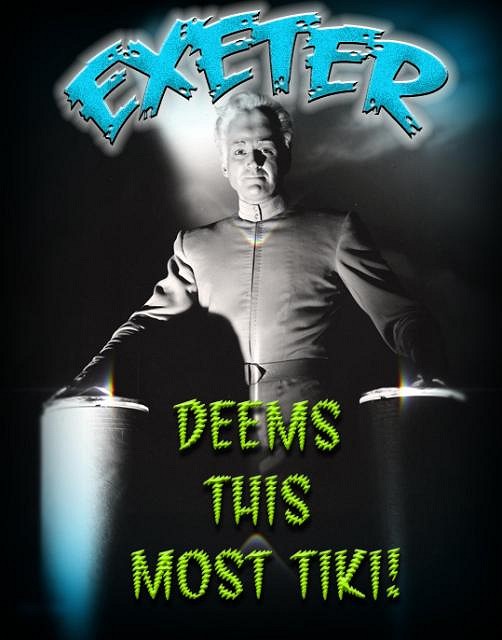Pages: 1 4 replies
|
H

Hakalugi
Posted
posted
on
Wed, Apr 10, 2013 10:16 PM
Here's an article from Alan Hess: Posted: 04/10/2013 03:33:23 PM PDT
[ Edited by: Hakalugi 2013-04-10 22:21 ] |
|
ATP

Atomic Tiki Punk
Posted
posted
on
Wed, Apr 10, 2013 11:23 PM
|
|
J
JOHN-O
Posted
posted
on
Thu, Apr 11, 2013 7:06 AM
I'm not sure if the Bahooka is the best example to make this point, i.e. Tiki is an enduring (art) style that refuses to die. Someone here correct me if I'm wrong but for its first 25 years, (30+ years if you count the West Covina location) there was never even a Tiki in the place. Bahooka was technically a nautical/beachcomber themed restaurant that branded itself as "Tiki" after the Revival started. |
|
A

AceExplorer
Posted
posted
on
Thu, Apr 11, 2013 7:52 AM
I have never been to the Bahooka. But look what happened here in Florida -- the whole "Florida tiki" and Jimmy Buffett crossover thing. Now when someone puts up some sort of palm frond-thatched roof and a little bamboo they instantly have "a tiki bar." I often find myself having to explain what "tiki" is and what it is not... |
|
J
JOHN-O
Posted
posted
on
Thu, Apr 11, 2013 8:33 AM
Well the Bahooka was certainly much more than a Buffett bar. With It's mid-century roots and atmosphere of surreal escapism, it definitely shares the same spirit as original Tiki. My point was an academic one since the article's author was referring to Tiki as an art style. I get the same thing when I take friends to Santa Monica's Galley restaurant, a historic nautical bar in its own right. Their first reaction is "This is a cool Tiki bar !!". Well not really. :) |
Pages: 1 4 replies

